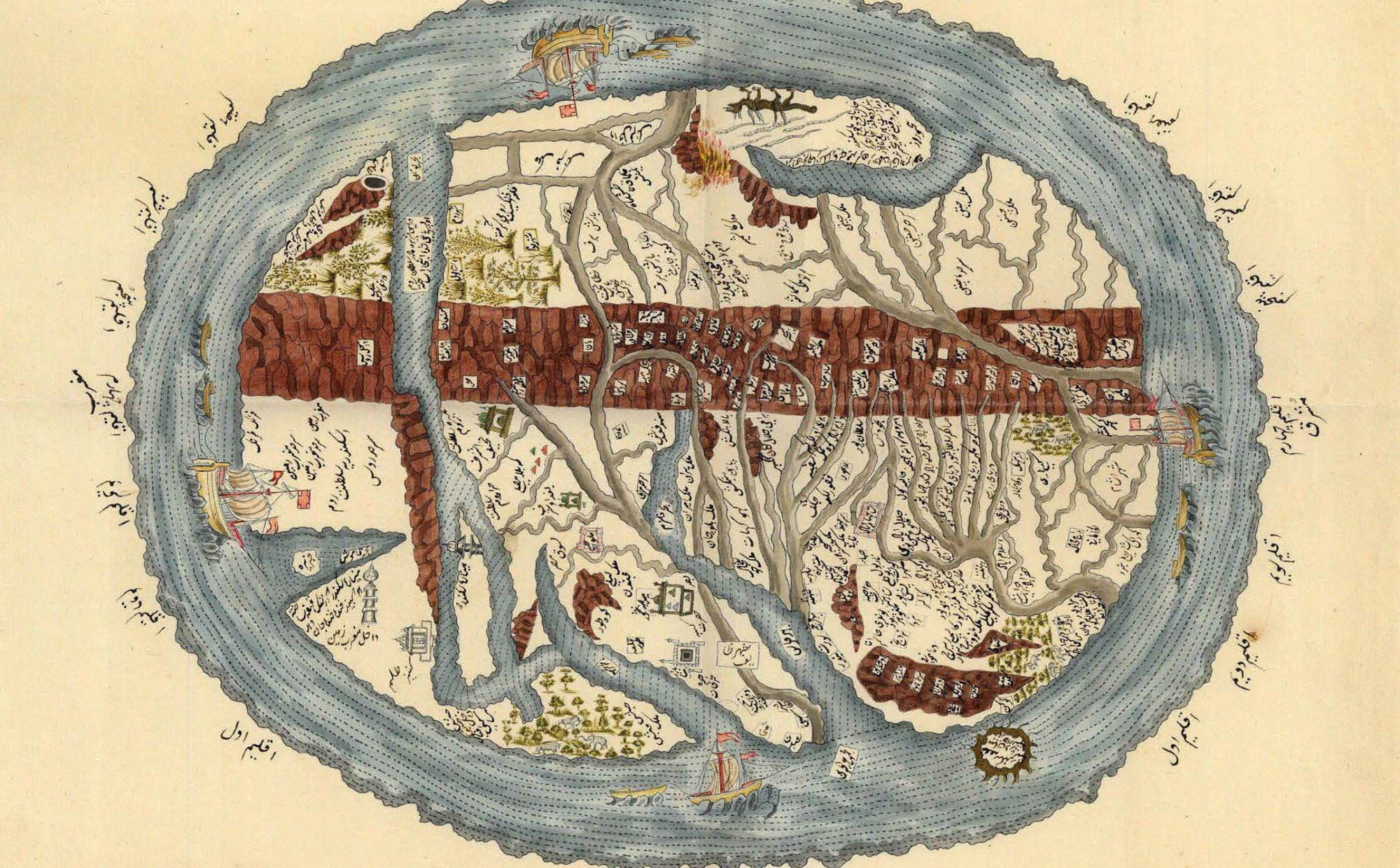Lion of the Sea
Courtesy of Maj. General Ahmad bin Mohammed Bin Thani. Source: The Book of Useful Information on the Principles and Rules of Navigation, (originally in arabic Kitab al-Fawa’id fi Usul ‘Ilm al-Bahr wa ’l-Qawa’id ) written around 1490.
“A teacher – the Captain or Commander of the ship – must be pious and just, never oppressive, always obedient to Allah, properly mindful of Allah in all his actions…”
—Ahmed Ibn Majid
Believed to be the inspiration for the fictional character Sindbad, Ahmed Ibn Majid was born in the early 1400s. While Some say he was born in Julfar, the medieval predecessor of Ras Al Khaimah, and others say he was born in Sohar of Oman, the man known as ‘The Lion of the Sea’ was an influential navigator, poet and scholar. Navigation of the Arabian Gulf and the Indian Ocean by European powers was partly aided by the maps and treatises of Ibn Majid who is believed to have set sail as young as 17.
“We can easily sail in their ships and upon their sea, so they have great respect for us and look up to us. They admit we have a better knowledge of the sea and navigation and the wisdom of the stars,” he wrote about European navigation.
He was an accomplished cartographer and revolutionized navigation by placing the compass inside a box. He is also credited with several inventions, such as the design of the triangular lateen sail, which has survived for centuries and hangs from the masts of local ships to this day. Ultimately, the best guide for humanity is right above them.
“And it is He who placed for you the stars that you may be guided by them through the darknesses of the land and sea. We have detailed the signs for a people who know,” The Qur’an (6:97)


